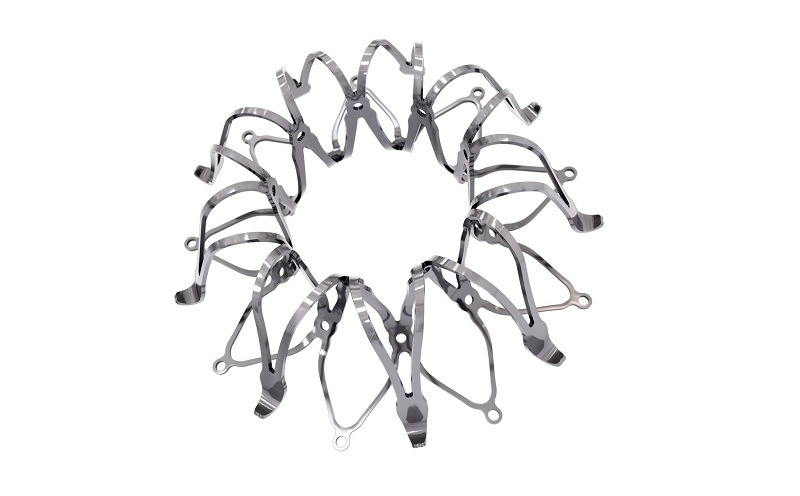
Corvia Medical has announced publication of analyses from its global, phase III REDUCE LAP-HF II randomised trial of heart failure (HF) patients with preserved (HFpEF) or mildly reduced (HFmrEF) ejection fraction.
In a large responder population, representing 50% of study patients, treatment with the Corvia atrial shunt resulted in a 45% reduction in HF events and a 55% greater improvement in quality of life compared to sham control. The analyses were published online in Circulation.
“We are extremely encouraged by these analyses from the REDUCE LAP-HF II trial. Not only have we identified a large responder group comprising two-thirds of people with HFpEF, or approximately 2 million people in the USA alone, but we have also learned how to identify potential patients who are most likely to derive significant benefit,” said Sanjiv Shah Northwestern University Feinberg School of Medicine (Chicago, USA) and co-principal investigator of the REDUCE LAP-HF II trial.
The Corvia Atrial Shunt is designed to reduce elevated left atrial pressure (LAP), the primary contributor of HF symptoms in HFpEF patients. The shunt is placed via catheter between the left and right atria, forming a passage that allows blood to flow from the high pressure left atrium to the lower pressure right atrium, with the aim of reducing HF symptoms and events and improving quality of life.
Barry Borlaug (Mayo Clinic, Rochester, USA), lead author of the publication, commented: “Exercise haemodynamic evaluation appears to be a key factor in predicting which patients will do well with atrial shunt therapy. Patients whose pulmonary blood vessels, or vessels in the lungs, can accommodate an increase in blood flow during exercise appear to derive significant benefit from the shunt, compared to those whose blood vessels can’t accommodate the additional flow. While I have long been an advocate for hemodynamic testing in heart failure, the data from this study reinforces the importance of exercise phenotyping and will change how we evaluate heart failure patients and personalise their care.”
The REDUCE LAP-HF II trial randomised 626 patients at 89 centres across the USA, Canada, Europe, Australia, and Japan. A systematic, independent, statistical analysis identified exercise pulmonary vascular resistance (PVR), a measure indicating the degree of pulmonary vascular disease, and the presence of a pacemaker as the most significant variables affecting how patients responded to atrial shunting.
“HFpEF has a complex pathophysiology and remains a significant therapeutic challenge. While novel drugs are now available, limitations remain, and additional therapies are required to treat this heterogenous population,” commented David Kaye (Baker Institute in Melbourne, Australia), an investigator in the study. “We now know the importance of exercise haemodynamic phenotyping prior to determining a therapeutic strategy for HFpEF patients and these learnings should be applied today in both the commercial and clinical trial settings. Assuming additional studies confirm the responder population findings, this therapy has enormous potential to improve the lives of millions of heart failure patients.”
REDUCE LAP-HF II represents the largest randomised controlled trial of device-based therapy for HFpEF patients and is the only study of an implantable therapeutic device to show clinical benefit in this population.
“The Corvia atrial shunt is the most rigorously studied atrial shunt therapy. Exercise haemodynamic evaluation has been a key component of all our studies and its importance in identifying suitable patients for atrial shunting has now been confirmed,” commented Jan Komtebedde, senior vice president and chief medical officer at Corvia Medical. “We are working with advisors and regulators to design a confirmatory study that builds on the extensive data and progressive learnings from REDUCE LAP-HF II and we look forward to bringing this breakthrough therapy to the USA and international markets to help this underserved population.”










